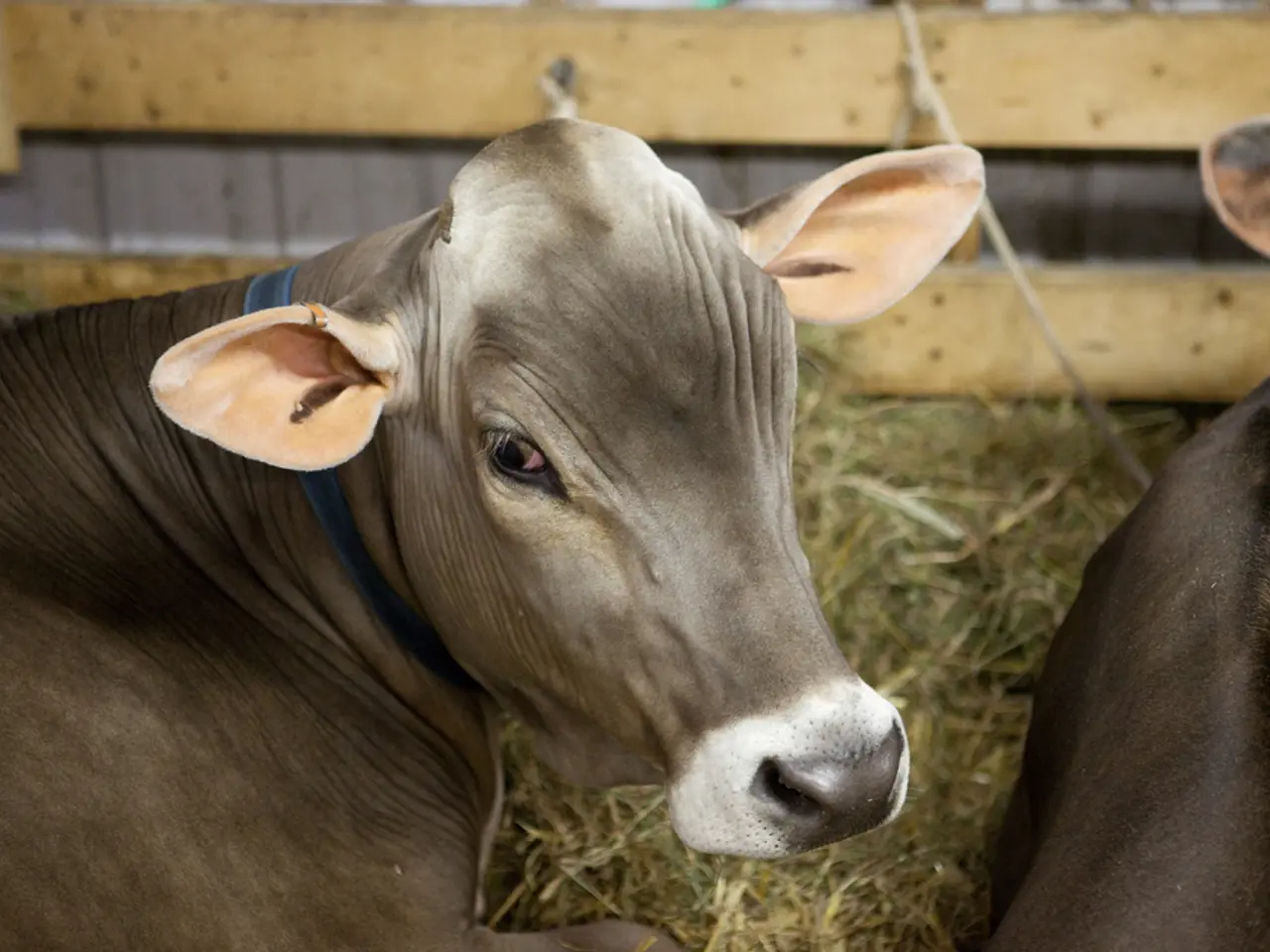Farmers Struggle With Non-Ambulatory Cows: Belly Clamps vs Alternatives
Farmers face challenges in assisting non-ambulatory cows, with belly clamps posing risks like injury and uneven loading. Alternatives like harnesses and water troughs offer benefits but also have drawbacks.
Belly clamps, used to temporarily lift non-ambulatory cows, carry a high risk of injury if not used correctly. They can cause uneven loading, stress for the animal, and limited use as a causal therapy. However, they do enable quick mobilization and help prevent secondary diseases.
Harnesses provide a gentler lifting option, supporting the entire body and reducing injury risk. They allow for whole-body support but require more time and personnel. Companies like GEA Group, WestfaliaSurge, and Bumac offer lifting systems combined with water troughs. These systems use buoyancy to reduce the animal's own weight, making movements and getting up easier. This reduces body weight, improves blood circulation, and enhances coordination. Yet, they demand high technical and personnel effort, costly purchase and maintenance, and have limited availability.
In managing non-ambulatory cows, belly clamps offer quick mobilization but pose injury risks. Harnesses and water troughs provide gentler assistance but have their own challenges. Technical aids play a crucial role in helping cows stand up and preventing life-threatening complications from prolonged lying. Farmers must weigh the pros and cons to choose the most suitable aid for their needs.








